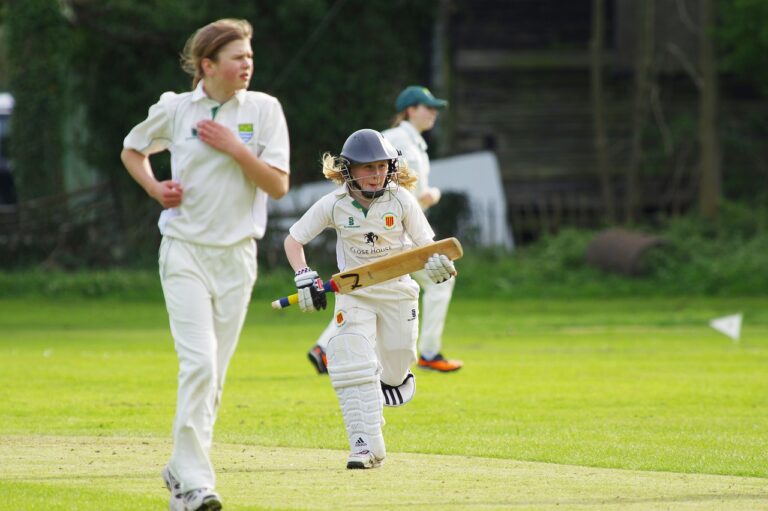Johnson & Johnson ordered to pay $966 million in latest talc cancer case
Johnson & Johnson ordered to pay $966 million in latest talc cancer case
- Highlights are tailored to this category.
- Clear subheads improve skim-ability.
- FAQs resolve common doubts.
Johnson & Johnson Ordered to Pay $966 Million in Latest Talc Cancer Case
In a landmark ruling that has captured widespread attention, Johnson & Johnson has been ordered to pay $966 million in a talc cancer case. This decision underscores the ongoing legal battles surrounding the company’s talcum powder products, which have been linked to health concerns. While this ruling primarily impacts the health sector, it also has ripples in various industries, including sports, where health and safety are paramount. This article explores the details of the case, its implications, and its unexpected connections to the world of cricket.
Background of the Talc Cancer Case
The recent ruling against Johnson & Johnson stems from lawsuits alleging that its talc-based baby powder and other products contained asbestos, a known carcinogen. Plaintiffs have claimed that using these products led to serious health issues, including ovarian cancer. The legal battles have been ongoing for several years, with numerous lawsuits filed across various jurisdictions.
The Legal Proceedings
In this latest case, a jury found that the company failed to adequately warn consumers about the potential risks associated with its talc products. The ruling is seen as a significant setback for Johnson & Johnson, which has faced thousands of similar lawsuits. The company has consistently denied the allegations, asserting that its talc products are safe and free from harmful contaminants.
Implications for Johnson & Johnson
The hefty financial penalty is expected to have serious implications for Johnson & Johnson, which has already allocated billions of dollars to settle previous claims. This ruling may prompt the company to reevaluate its product lines and marketing strategies. There could also be increased scrutiny from regulatory agencies, which may lead to more stringent guidelines for consumer safety.
Impact on the Health Sector
The ruling may set a precedent for future cases involving talcum powder products. Legal experts suggest that this verdict could embolden other plaintiffs to come forward with their claims. As awareness about the potential risks continues to grow, the health sector may see a shift in how products are formulated and marketed.
Connections to the Cricket World
While the case primarily revolves around health and safety, the implications may extend to the cricket community. Cricket players often endorse various health and personal care products, including talc-based options. The outcome of this case may influence how cricket players approach sponsorships and product endorsements in the future.
Health and Safety in Sports
In cricket, the health and safety of players are of utmost importance. The recent ruling against Johnson & Johnson serves as a reminder for athletes and sports organizations to prioritize player safety. Athletes, coaches, and management teams may need to scrutinize the products they use and endorse more rigorously.
Key Takeaways
- Johnson & Johnson has been ordered to pay $966 million over talc-related cancer claims.
- The ruling may influence future lawsuits concerning talcum powder products.
- There is potential for increased scrutiny and regulation in the health and personal care industries.
- The cricket community may reconsider product endorsements linked to health risks.
- Player safety and product transparency are paramount in sports.
Cricket Health & Safety Info Box
Cricket Health Tips
- Always check the safety certifications of health products.
- Stay informed about potential health risks associated with personal care products.
- Encourage transparency from sponsors regarding product safety.
- Prioritize the use of natural and organic products whenever possible.
Frequently Asked Questions
What led to the $966 million ruling against Johnson & Johnson?
The ruling stemmed from lawsuits alleging that Johnson & Johnson’s talc products contained asbestos and caused cancer, leading to substantial penalties for the company.
How does this ruling affect the cricket community?
The ruling may prompt cricket players and organizations to reconsider their endorsements and the health products they use, emphasizing safety and transparency.
What are the potential health risks associated with talcum powder?
Studies have suggested a link between talcum powder use and ovarian cancer, particularly when the powder contains asbestos, which is a known carcinogen.
What should athletes consider when endorsing products?
Athletes should thoroughly research product safety and efficacy, ensuring that they are not endorsing items that could pose health risks to themselves or their fans.
What are the implications for Johnson & Johnson moving forward?
The company may face increased scrutiny and regulation, prompting a review of its product lines and marketing strategies to ensure consumer safety.
Conclusion
The recent ruling against Johnson & Johnson regarding its talc products highlights the critical intersection of health, safety, and consumer rights. As the cricket community and other sectors observe the unfolding implications, it is essential to prioritize athlete and consumer well-being. The outcome serves as a reminder of the importance of transparency and safety in product endorsements.
Next Steps
Stakeholders in the sports and health sectors should stay informed about ongoing developments in the Johnson & Johnson case, with a focus on ensuring that health products are safe and effective. Encouraging open dialogue about health risks associated with personal care items can help protect consumers and athletes alike.





